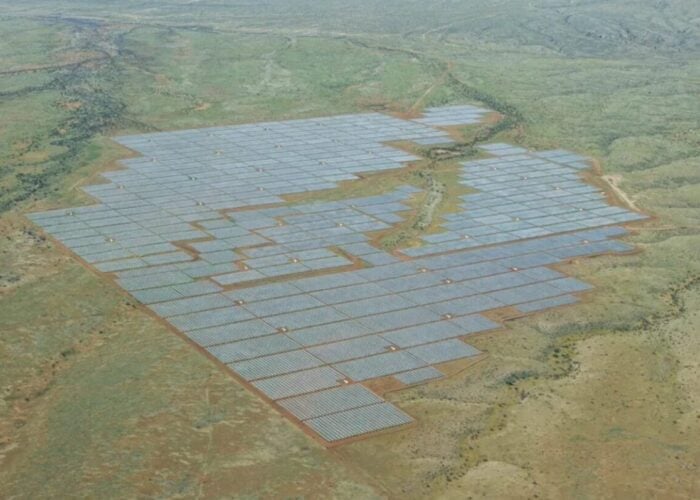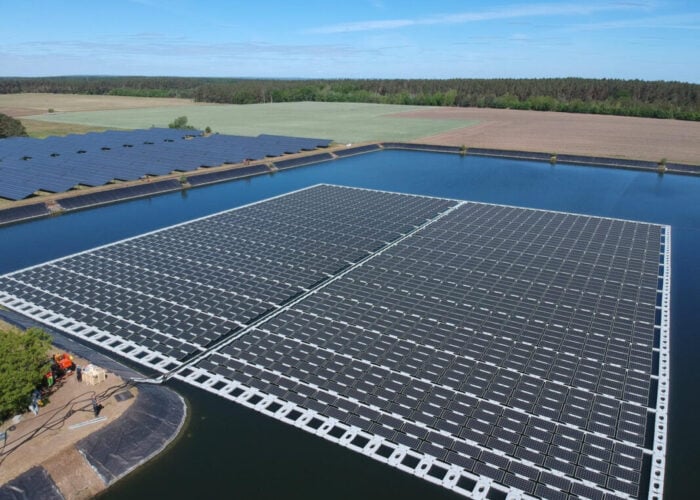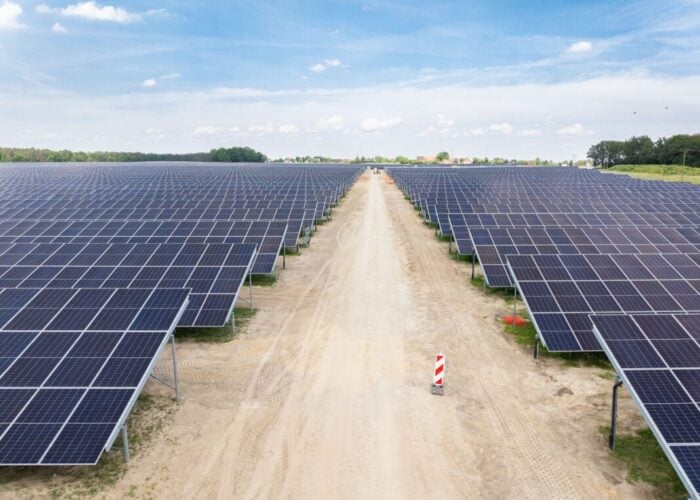The state senate of Vermont in the US has approved an increase in the cap placed on solar net metering.
The legislature last week voted to quadruple the cap from four to 15% of a utility’s peak load.
Unlock unlimited access for 12 whole months of distinctive global analysis
Photovoltaics International is now included.
- Regular insight and analysis of the industry’s biggest developments
- In-depth interviews with the industry’s leading figures
- Unlimited digital access to the PV Tech Power journal catalogue
- Unlimited digital access to the Photovoltaics International journal catalogue
- Access to more than 1,000 technical papers
- Discounts on Solar Media’s portfolio of events, in-person and virtual
Pending final approval from the state’s governor, Peter Shumlin, the new net metering law will be in place until 2017, after which new legislation would need to be introduced.
Net metering customers will receive payments of US$0.19 or US$0.20 per kilowatt hour, depending on the size of the install – on systems up to 500kW in size.
The legislation also makes provision for a pilot 5MW solar plant to be built on a municipal landfill site, which qualifies as a net metering system.
Net metering allows customers with on-site solar to receive credit on their energy bills for any surplus electricity they feed back into the grid. The policy, widely used in the US, has come under increasing attack from utility companies in a number of states because of the costs they claim it transfers to non-solar customers.
“Vermont’s decision sends the clear message that rooftop solar delivers benefits to utilities, the grid and all ratepayers,” said Bryan Miller president of pro net metering body, the Alliance for Solar Choice (TASC) and VP of public policy for Sunrun. “We commend the Vermont legislature for its leadership in expanding access to net metering.”
Andrew Savage, director of communications and public affairs for Vermont-based AllEarth Renewables, added: “This major net metering expansion was the result of utilities working alongside the local solar industry and our customers to craft good policy and set a national example.
“The policy reflects the real value solar provides and shows that Vermont’s local utilities are listening to what customers want and need.”






